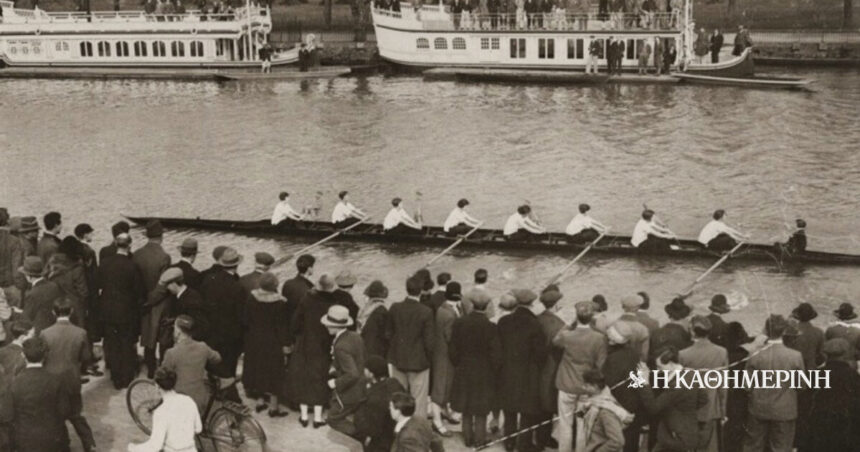O rowing (Boat Race), the annual event between its universities Oxford and his CambridgeIt is considered synonymous with British tradition and one of the most famous sporting events in the world, and has been established as the epitome of amateur sport, with the participation of athletes who combine academic rigor with optimal physical ability. For each of the eight crews participating in this race, it is a unique educational and athletic experience, which has behind it 185 years of history.
This race was first held in 1829, and as it was then natural, the athletes – as well as the students of the two universities – were men. The first women’s rowing race between Cambridge and Oxford universities would take place almost a hundred years later: in 1927.
Fifty years ago, in 1878, the University of London She also accepted women to attend courses that led to a degree equal to men. However, despite the presence of female colleges as early as the 19th century, in Oxford and Cambridge this development was delayed quite a bit – in the first case took place in 1920 and in the second in 1948. Its acceptance, of course, was not universal, as Male students proceeded to protests and episodesproving in the most clear way that even in the 20th century prejudice and gender -based discrimination remained strong.
Despite the presence of female colleges as early as the 19th century, in Oxford and Cambridge, this development was quite delayed.
In order to avoid any negative criticism of women’s presence at these universities, the policy of those responsible was from the beginning for students to adopt a low profile in all their activities outside the college walls, a logic that extended to sports that may have participated. In particular, in terms of rowing in Cambridge, in 1916 the founded Boat Club and three years later, in 1919, the Newnham College Boat Club (NCBC), whose main activity was rowing, something very rare for women at that time. In Oxford, St Hilda’s and Somerville colleges founded similar clubs in 1911 and 1921 respectively.
On March 15, 1927, students’ participation in rowing went a step further with Conducting a race between the athletes of the two universities corresponding to the men’s rowing race. The fact, of course, attracted the attention. According to a Times report, a large crowd gathered at the starting point, which was hostile to the majority. It is noteworthy, however, that the race was carried out in a different way. In particular, was forbidden to crews to fight side by side. Which crew would be the first to be judged by its speed, however, they would row up and down the certain route, which was about 800 meters.
There are reports that argue that the judges failed to agree on which crew prevailed.
The judges were Th Henn, who represented Cambridge, and JG Geoffreys, who represented Oxford. While there are reports that the judges have failed to agree on which crew prevailed, believing that the result was the same because of the different style of each crew, in fact, based on the speed, Oxford won the race with a time of 3 minutes and 36 seconds, dominating Cambridge. The next women’s rowing match between the two universities took place two years later.
Column: Myrto Katsigera, Vassilis Minakakis, Antigoni-Despina Poumenidou, Athanasios Syroplakis








